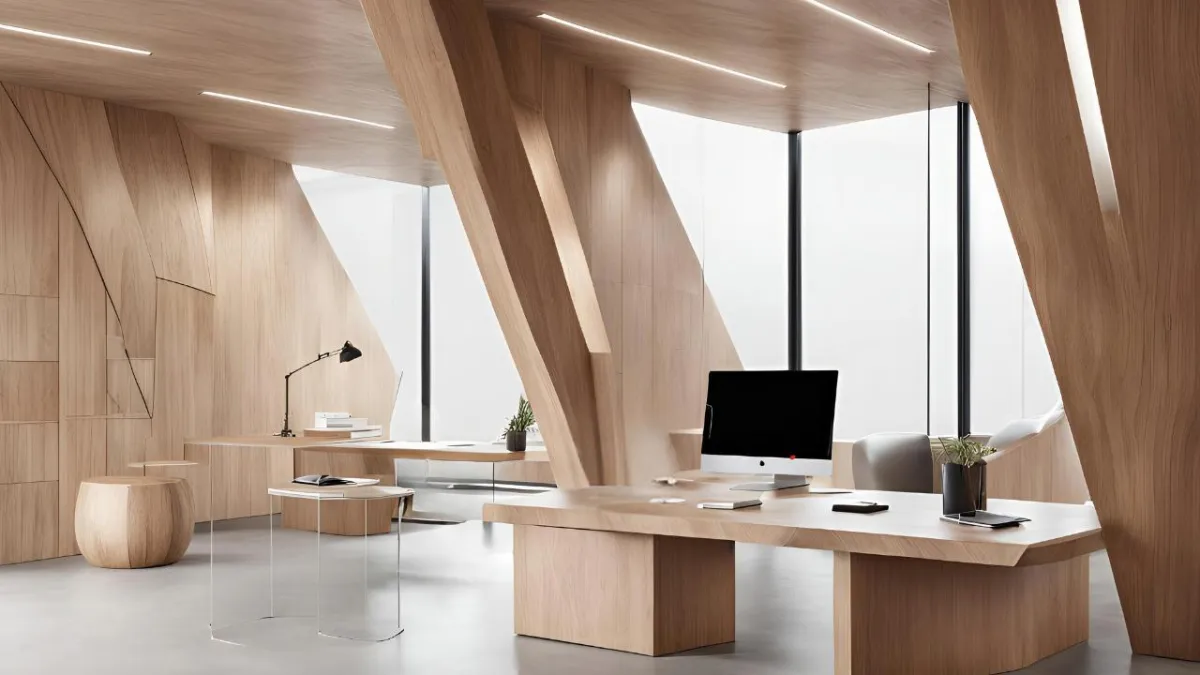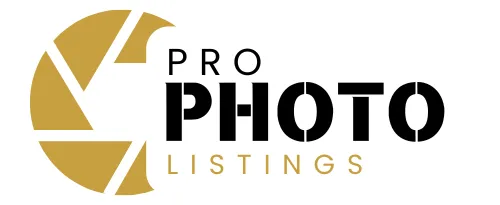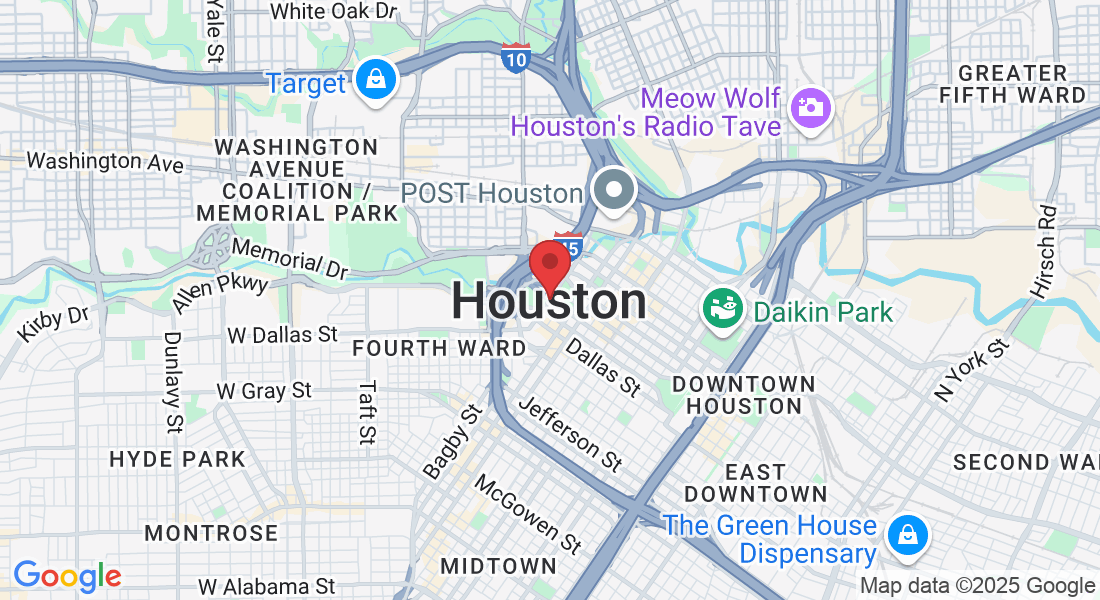
Lighting Tips for Capturing Office Spaces
When it comes to photographing professional work environments, lighting can make or break the final result. A great office photo doesn’t just show desks and walls—it conveys mood, energy, and even brand identity. If you’re a business owner searching for the right commercial real estate photographer in Houston TX, you’ll want someone who knows how to use light to create inviting, high-quality visuals. Whether you’re planning a full property shoot or just refreshing your marketing materials, understanding these principles can help you get the most from your session.
Why Lighting Matters in Office Photography
Office spaces are often tricky to photograph because of their mix of natural and artificial light. Overhead fluorescents, window glare, and shadows can all interfere with the clarity of your images. Professionals like Pro Photo Listings know how to balance these elements so that the space looks bright, professional, and true to life. The right lighting setup can highlight architectural features, make colors pop, and ensure that the environment feels welcoming rather than sterile.
Lighting plays another important role—it sets the emotional tone. A dim, unevenly lit room can suggest gloom or neglect, while a well-lit space communicates energy, productivity, and care. This makes proper technique essential for companies that want to make a strong first impression. After all, quality photography services are not just about showing a building; they’re about telling a story.
Use Natural Light Wisely
One of the best tools at your disposal is natural light. Large windows can create beautiful, airy photos if used at the right time of day. The trick is to shoot during periods when sunlight is softer—usually morning or late afternoon. Midday sun often creates harsh shadows that flatten out details. Positioning the camera so that natural light fills the room from the side can help strike the perfect balance.
If a space has limited windows, don’t despair. Reflectors can bounce existing light into darker areas, brightening the overall scene without the need for heavy artificial lighting. This keeps the photos looking natural and avoids that overexposed, washed-out look.
Balance Artificial Lighting
Most offices rely heavily on artificial lighting, which can cast odd colors into your shots. Fluorescents might appear greenish, while warm bulbs can look too yellow. Adjusting your white balance settings—or using gels on artificial lights—helps neutralize these tones for more accurate results.
Layering light sources is another smart move. For example:
Use ceiling fixtures for general brightness.
Add floor lamps or wall sconces to eliminate dark corners.
Introduce small accent lights to highlight artwork, signage, or architectural details.
This layered approach mimics the depth and dimension we see in real life, making photos feel more inviting and true to the actual space.
Showcase Function and Flow
Great lighting doesn’t just make a room look pretty; it helps tell the story of how the space is used. For example, highlighting collaborative areas with warm, even lighting communicates openness and teamwork. A private office might benefit from softer, directional light that emphasizes focus and professionalism. Think about how different types of light reinforce the function of each area within the workplace.
Case Study: A Downtown Houston Office Refresh
A growing tech company in downtown Houston hired a professional photographer to capture their newly remodeled space. By shooting in the late afternoon, the photographer used natural window light to highlight the communal lounge while layering warm lamps to soften the edges. The result? A set of photos that not only showed off the design but also reflected the company’s culture of innovation and collaboration. The images were later featured on their website and helped attract both new clients and prospective employees.
Final Thoughts
Capturing an office space isn’t as simple as pointing a camera and clicking. Lighting requires thoughtful planning and skill to make the workplace shine. From balancing natural and artificial sources to layering light for depth, the right techniques can transform ordinary offices into extraordinary images.
If you want your office to stand out in today’s competitive market, don’t leave your visuals to chance. Work with a seasoned professional who understands the nuances of lighting and composition. Contact us to book your commercial photography session today!


